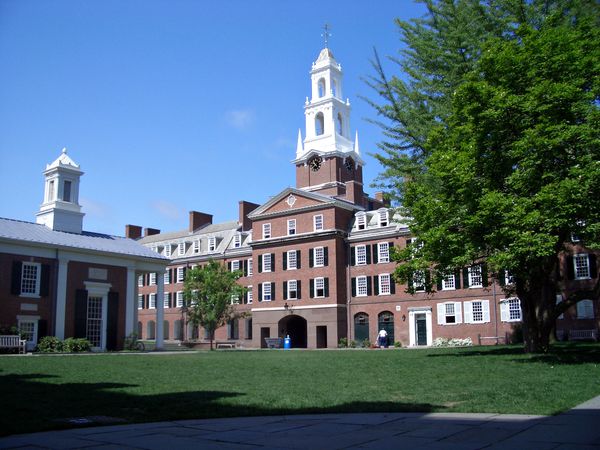In the aftermath of an American tragedy, specifically when a police officer kills a Black citizen, several cultural mechanisms are immediately set into motion. The mainstream media collects the pieces of the victim's life, compiling a narrative that the public can stomach in order to justify the slain's death. Politicians, mostly from the left side of the aisle, craft statements of condolence, milquetoast, placating sentiments that can neither be condemned nor heralded. Activists rise up, like clockwork, demanding reforms and raging, bewildered and frantic, against the machine of indifference that permits the perpetuation of these killings. However, one phenomenon is becoming increasingly common--the instant replay of video documentation of the deaths of Black individuals at the hands of law enforcement.
In the recent aftermath of Alton Sterling's death at the hands of Baton Rouge officers, intersectional feminist Roxane Gay wrote a piece for the New York Times, noting that viewing the video of Sterling's death made her feel "voyeuristic" and "complicit in the spectacle of Black death." Although Gay merely touched on this in her broader analysis of Sterling's slaying, the phenomenon of fascinated viewings of Black deaths has a storied past in American history. During the late Antebellum era, a slave named Gordon escaped from the Louisiana plantation where he was confined and allowed his whipped, scarred back to be photographed by abolitionists, who then distributed the pictures to Northerners as part of a campaign to end slavery. In the 1955 Jim Crow era, photographs of teenager Emmett Till's burnt, bruised, lynched body were shown in newspapers and magazines all over America. Throughout the late 19th and 20th centuries, white families in the South would attend public lynchings of Black men and women, posing for photographs with the corpses that were retained as keepsakes.
Although Emmett Till's aunt wanted her nephew's photo distributed in order to activate awareness of the Jim Crow conditions of the South, and Gordon's injuries were similarly used to cultivate Northern outrage, it's clear that a precedent exists in America that allows white citizens to be voyeurs of anti-Black killings. This precedent allows death to become a spectacle, for murder to become entertainment, for public documentation to become a way of asserting ownership over a body, again and again.
While society should demur from policing the consciousness-raising tactics of anti-racism activists, the triviality with which a Black body is spectated and distributed, over and over, must be challenged. The gruesome, horrific realities of anti-Black violence in America must be exposed for what they are. But the retraumatization of affected communities and morbid fascination with public death must not be the means to do so. After all, a recognition of oppressively violent acts, and the history behind those transgressions, is essential to the liberation of all oppressed individuals.





















